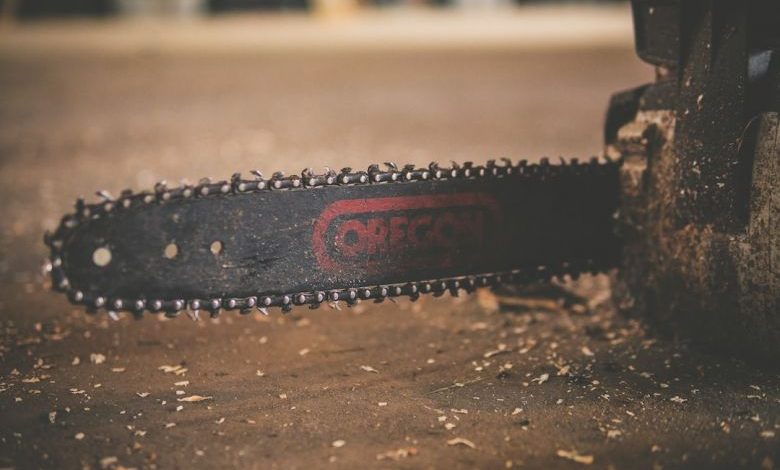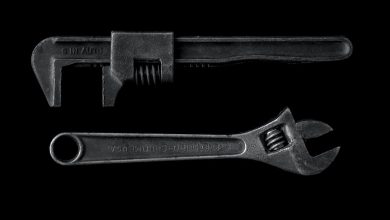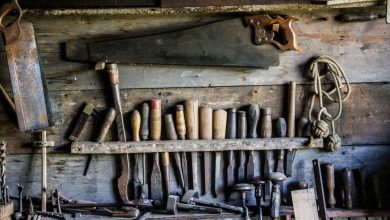Choosing the Right Chainsaw for Your Needs

When it comes to purchasing a chainsaw, it’s important to choose the right one that suits your specific needs. With so many options available in the market, it can be overwhelming to make the right decision. In this article, we will guide you through the process of choosing the perfect chainsaw for your needs.
Determining your Needs
Before diving into the details of the different chainsaw options, it’s crucial to determine your specific needs. Ask yourself questions like, “What will I be using the chainsaw for?”, “How often will I be using it?”, and “What is my experience level with chainsaws?”. By answering these questions, you will have a clearer understanding of your requirements and be able to make a more informed decision.
Power Source: Gasoline, Electric, or Battery?
One of the first decisions you need to make is the power source for your chainsaw. Gasoline-powered chainsaws are known for their power and performance, making them ideal for heavy-duty tasks. However, they are also heavier, noisier, and require more maintenance. Electric chainsaws, on the other hand, are lighter, quieter, and easier to maintain. They are perfect for light to medium tasks around the house. Battery-powered chainsaws offer the convenience of cordless operation and are great for occasional use.
Bar Length: Finding the Right Fit
The bar length of a chainsaw refers to the length of the cutting blade. The right bar length depends on the type of work you will be doing. For light pruning and trimming, a shorter bar length of 12-14 inches is sufficient. If you have medium-sized trees to fell or larger branches to cut, a 16-20 inch bar length is recommended. For professional use or heavy-duty tasks, a bar length of 20 inches or more is ideal.
Safety Features: Protecting Yourself
Safety should be a top priority when operating a chainsaw. Look for chainsaws that come with safety features such as chain brakes, anti-vibration systems, and kickback protection. Chain brakes are designed to stop the chain from rotating in case of a kickback, reducing the risk of injury. Anti-vibration systems help reduce the strain on your hands and arms, making it more comfortable to use the chainsaw for longer periods. Kickback protection minimizes the chances of the chainsaw kicking back towards the operator.
Ease of Use: Comfort and Convenience
Consider the weight, ergonomics, and ease of use when choosing a chainsaw. A lightweight chainsaw is easier to handle and maneuver, reducing fatigue during use. Look for features such as an ergonomic handle, adjustable chain tensioning, and tool-less chain adjustment for added convenience. These features can make a significant difference in your overall experience using the chainsaw.
Budget: Finding the Balance
While it’s important to consider your budget, it’s equally important to find a balance between cost and quality. Cheaper chainsaws may save you money upfront, but they may not be durable or perform as well as higher-end models. Investing in a quality chainsaw that meets your needs will ensure better performance, longevity, and overall satisfaction.
Conclusion: Making the Right Choice
Choosing the right chainsaw for your needs requires careful consideration of factors such as power source, bar length, safety features, ease of use, and budget. By determining your specific needs and understanding the different options available, you can make an informed decision. Remember to prioritize safety and comfort when making your choice. With the right chainsaw in hand, you’ll be ready to tackle any task with ease and efficiency.




